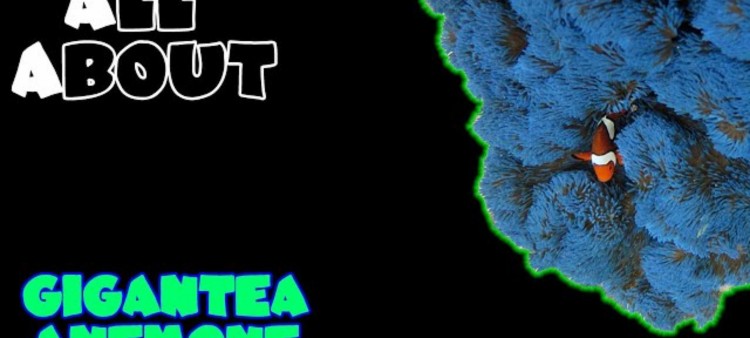All About the Giant Carpet Anemone or Giantess Anemone or Haddon's Anemone
- Oct 31, 2022
- Anshika Mishra
- 616 0 0

This article will teach about the Giant Carpet Anemone or the Giant Anemone.
Prices: You'll have to spend about $60 to get a medium-sized Giant Carpet Anemone. If you want a food-long or more extensive, you might have to pay upwards of $200 to get some.
Care Level: These corals are not that tough to take care of. Most of the time, they are taking care of themselves.
Water Parameter
Temperature: 72-78 Degrees Frheneit
dKH: 8-12
pH: 8.1-8.4
Salinity: 1.023-1.025
Colors: The most common ones in the lower price range are green, blue, and brown. You can also get them in red or purple, but they are rare and expensive.
Diet
They are a carnivore. So, as an invert, they are not living off the light; they are not photosynthetic but need food to stay alive.
So, you can feed shrimp from the grocery store into pieces. Then, depending on how often they eat and their size, you have to play with them. For example, for a big enough carpet Anemone, a couple of times a week is enough.
You can also feed them oyster feed, reefroids, etc. Make sure you have something meaty in their diet. This will help keep them healthy, keep the colors looking good, and it also helps them grow.
Venomous
They do have a potent sting to them. It can hurt a fish or an invert, and it can hurt you too. So, you want to be very careful with these. Their tentacles are very sticky, so if anything touches them, it grabs onto them.
So, when placing them in a tank, it's best to keep their trunk up as much as possible and move them around with the bag. If you put your hand directly on them, he will not be able to sting your hand, but it can grab you.
Be careful deep down in the sting because you'll feel it if he stings you somewhere, like the forearms.
They also have been known to eat fish and inverts in the tank.
Placement
We always recommend the sand bed; it helps them not move a lot.
Current
They need a powerful current blowing on them. They are usually in the tods, and they are constantly getting hit with waves, so if you have a good strong wind in your tank, they'll like it.
Lighting
Please ensure you have high lighting in the tank because they live on the ocean's surface in the wild.
Fragging
They eventually split as they grow. Some use a procedure of cutting them in half and letting the two sides heal independently. But its' too risky and can cause a lot of stress to the Coral. Carpets rarely split anyway.






About author